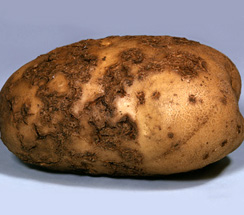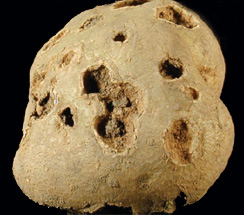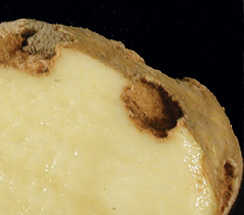 |
|||||||||||||||||
| Home | About Us | Success Stories | Farmers Association | Farmers' Innovation | Publications | Contact | |||||||||||||||||
Horticultural crops :: Vegetables:: Potato
|
|||||||||||||||||
Home | About Us | Success Stories | Farmers Association | Farmers' Innovation | Publications | Contact Us © 2015 TNAU. All Rights Reserved. |
|||||||||||||||||



